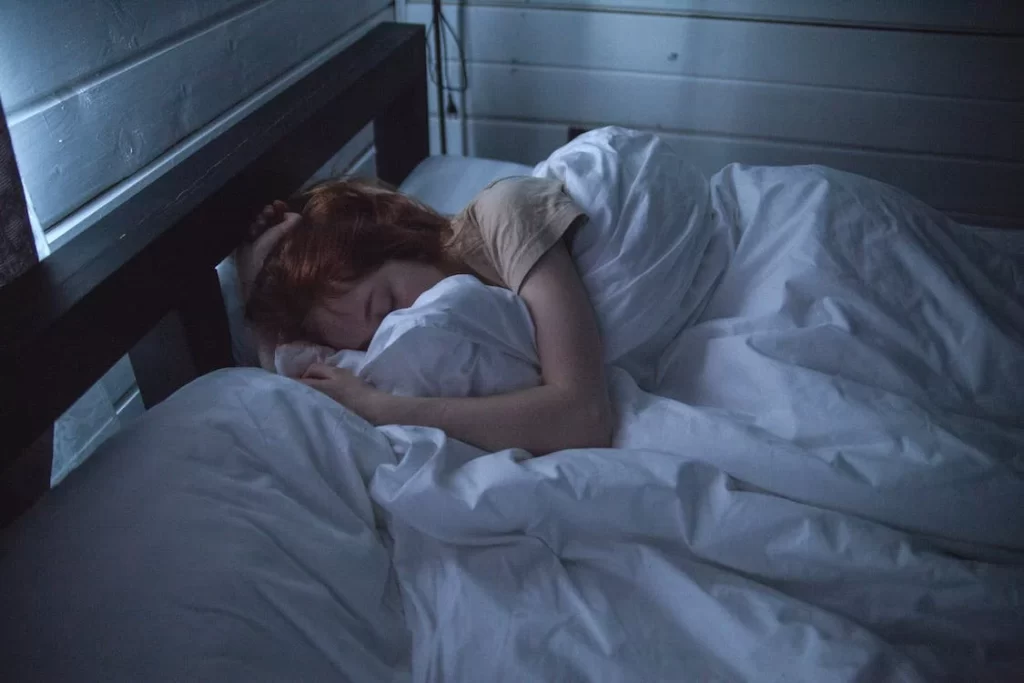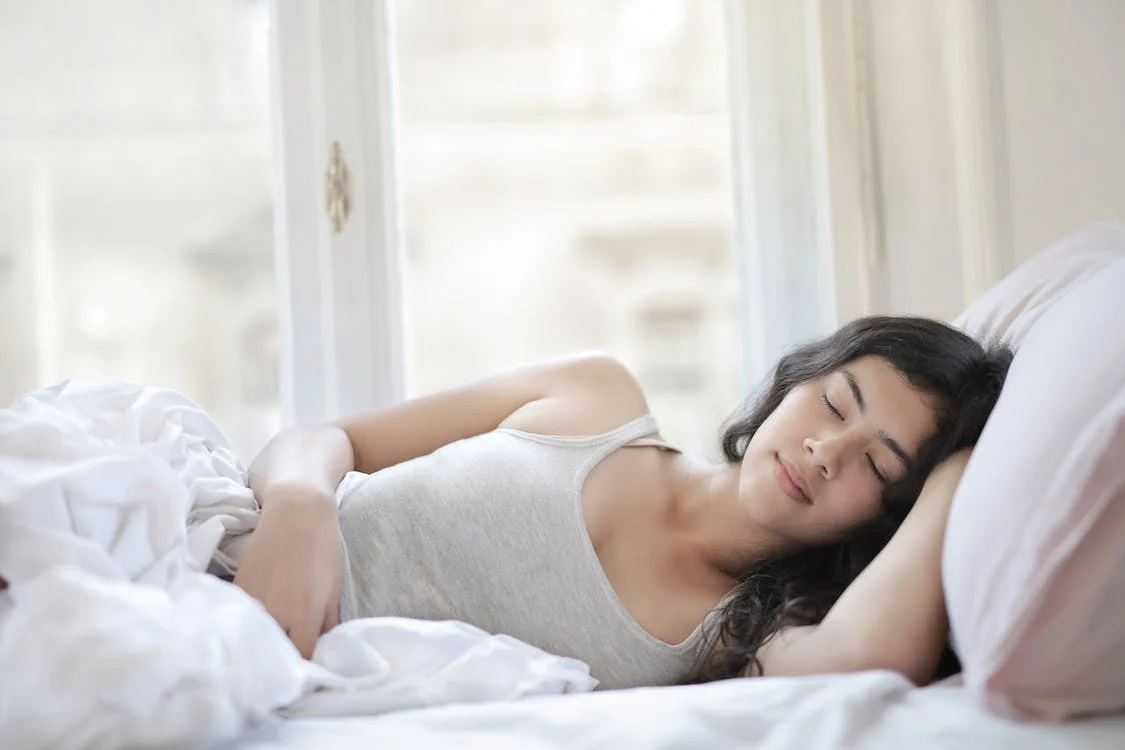Best Sleeping Positions for Sleep Apnea
Best sleeping positions for sleep apnea is a sleep disorder that affects millions of people around the world. It is characterized by pauses in breathing or shallow breaths during sleep, leading to disrupted sleep patterns and potential health risks. While there are various treatment options available for sleep apnea, including continuous positive airway pressure (CPAP) machines and oral appliances, adjusting your sleeping position can also make a significant difference in managing the condition. In this article, we will explore the best sleeping positions for sleep apnea to help you improve your sleep quality and overall well-being.
1. Introduction
Sleep apnea is a common sleep disorder that can have a significant impact on your daily life and overall health. It is crucial to seek proper treatment and adopt lifestyle changes to manage the condition effectively. One such change is adjusting your sleeping position, which can help alleviate some of the symptoms associated with sleep apnea.
2. Understanding Sleep Apnea
Sleep apnea is when a person’s breathing repeatedly stops and starts during sleep. These pauses can last for a few seconds to minutes and occur multiple times throughout the night. There are two main types of sleep apnea: obstructive sleep apnea (OSA) and central sleep apnea (CSA). OSA is more common and occurs when the airway becomes partially or completely blocked during sleep, leading to breathing difficulties. CSA, on the other hand, is caused by a malfunction in the brain’s respiratory control center.
3. The Impact of Sleeping Position
Best sleeping positions for sleep apnea plays a crucial role in managing sleep apnea. Certain positions can help keep your airways open and reduce the frequency and severity of breathing interruptions. On the contrary, some positions can exacerbate the symptoms and make it more challenging to breathe during sleep.

4. The Best Sleeping Positions for Sleep Apnea
4.1 Side Sleeping
Sleeping on your side, particularly the left side, is often recommended for individuals with sleep apnea. This position can help keep the airway open and prevent the tongue and soft tissues from collapsing into the throat, which contributes to obstructed breathing. To enhance the benefits of side sleeping, consider using a body pillow to maintain a stable position throughout the night.
4.2 Elevated Head Sleeping
Raising the head during sleep can be beneficial for individuals with sleep apnea. By using an adjustable bed or adding extra pillows, you can elevate your head and upper body, allowing for improved airflow and reduced airway obstruction. This position helps prevent the tongue from falling back and obstructing the airway.
4.3 Prone Sleeping
Some individuals with sleep apnea find relief by sleeping in a prone position, which means lying face down. Prone sleeping can help keep the airway open and reduce the chances of tongue or soft tissue obstruction. However, this position may not be suitable for everyone and could cause discomfort or strain on certain body parts. It is essential to find a balance between comfort and effectiveness.
4.4 Avoid Sleeping on Your Back
Sleeping on your back is generally not recommended for individuals with sleep apnea or for Best Sleeping Positions for Sleep Apnea.This position can allow the tongue and soft tissues to fall back and block the airway, leading to increased breathing difficulties. If you have trouble avoiding back sleeping, using pillows or specialized devices that encourage side or elevated head sleeping can be helpful.
5. Additional Tips for Better Sleep
In addition to adjusting your best sleeping positions for sleep apnea, there are several other tips that can contribute to better sleep when dealing with sleep apnea:
- Maintain a consistent sleep schedule.
- Create a relaxing bedtime routine.
- Keep your bedroom dark, quiet, and comfortable.
- Avoid consuming large meals or caffeine close to bedtime.
- Limit exposure to electronic devices before sleep.
Also Read-https://healthshit.com/ageless-mens-health/

6.Sleep apnea side effects
Sleep apnea is a sleep disorder characterized by pauses in breathing or shallow breaths during sleep. These interruptions in breathing can occur multiple times throughout the night, leading to various side effects and potential health risks. Some common side effects of sleep apnea include:
- Excessive Daytime Sleepiness: Sleep apnea disrupts the normal sleep cycle, causing fragmented and poor-quality sleep. This leads to excessive daytime sleepiness, which can affect concentration, productivity, and overall quality of life.
- Fatigue and Lack of Energy: Due to disrupted sleep, individuals with sleep apnea often experience fatigue, lack of energy, and a general feeling of being unrefreshed upon waking up in the morning.
- Loud Snoring: One of the primary symptoms of sleep apnea is loud and persistent snoring. The snoring is usually accompanied by pauses in breathing, followed by gasping or choking sounds as the body tries to resume normal breathing.
- Morning Headaches: Sleep apnea can cause morning headaches and a feeling of grogginess upon waking up. These headaches may be due to changes in oxygen levels and increased carbon dioxide levels during sleep.
- Impaired Concentration and Memory: Poor-quality sleep can impact cognitive function, leading to difficulties with concentration, memory, and overall mental sharpness. This can affect work performance and daily activities.
- Mood Changes: Sleep apnea can contribute to irritability, mood swings, and feelings of depression. But Best Sleeping Positions for Sleep Apnea can create a impact.The disrupted sleep patterns and associated symptoms can have a negative impact on overall mood and emotional well-being.
- High Blood Pressure: Sleep apnea is associated with an increased risk of developing or worsening hypertension (high blood pressure). The frequent pauses in breathing can lead to fluctuations in blood oxygen levels, which can strain the cardiovascular system.
- Cardiovascular Problems: Sleep apnea has been linked to an increased risk of cardiovascular diseases such as heart disease, stroke, and arrhythmias. The repeated drops in blood oxygen levels and the strain on the heart can contribute to these health issues.
- Weight Gain and Difficulty Losing Weight: Sleep apnea has been associated with weight gain and difficulty losing weight. The hormonal imbalances caused by sleep apnea can affect metabolism and appetite regulation, leading to weight gain or difficulty in managing weight.
- Increased Risk of Accidents: Excessive daytime sleepiness and impaired cognitive function can increase the risk of accidents, both at work and while driving or operating machinery. Sleep apnea sufferers may experience microsleep episodes, where they briefly fall asleep involuntarily, increasing the risk of accidents.
It’s important to note that sleep apnea is a serious medical condition and should be diagnosed and treated by a healthcare professional. If you suspect you have sleep apnea or are experiencing any of these symptoms, it’s recommended to seek medical advice for proper evaluation and treatment options.
7. Conclusion
Finding the best sleeping positions for sleep apnea can greatly improve your sleep quality and reduce the symptoms associated with the condition. Side sleeping, elevated head sleeping, and prone sleeping are all positions that can help keep your airways open and reduce the risk of breathing interruptions. It is important to experiment with Best Sleeping Positions for Sleep Apnea and find what works best for you. Additionally, incorporating other healthy sleep habits can further enhance the effectiveness of your sleep apnea management.
8. Frequently Asked Questions (FAQs)
Q1: Can sleeping position alone cure sleep apnea?
No,Best Sleeping Positions for Sleep Apnea alone cannot cure sleep apnea. It is important to seek medical advice and follow the recommended treatment options for proper management of the condition.
Q2: Are there any specific pillows that can help with sleep apnea?
Yes, there are specially designed pillows that can provide additional support and help maintain a best sleeping positions for sleep apnea . These pillows are often contoured to support the head and neck and promote better airflow.
Q3: Can weight loss improve sleep apnea symptoms?
Yes, weight loss can often lead to a reduction in sleep apnea symptoms. Excess weight can contribute to airway obstruction, and losing weight can alleviate some of the strain on the respiratory system and weight lose can help in Best Sleeping Positions for Sleep Apnea.
Q4: How can I prevent myself from rolling onto my back during sleep?
To prevent yourself from rolling onto your back, Best sleeping positions for sleep apnea can try using pillows or specialized devices that discourage back sleeping. These devices are often designed to be comfortable while keeping you in a side or elevated head position.
Q5: Can sleep apnea go away on its own?
In some cases, Best sleeping positions for sleep apnea can improve or resolve on its own, especially if it is caused by temporary factors such as medication or alcohol use. However, it is essential to consult with a healthcare professional for a proper diagnosis and treatment plan.
Read Also – 7 Healthy Tips for Better Sleep When You Have Obstructive Sleep Apnea.





